Media Bootcamp national writing comp – message from the editor
A message from Sugoi Media director and editor, Sarah Blinco…
Media Bootcamp national writing competition 2014 winners (Australia).
A message from Sugoi Media director and editor, Sarah Blinco…
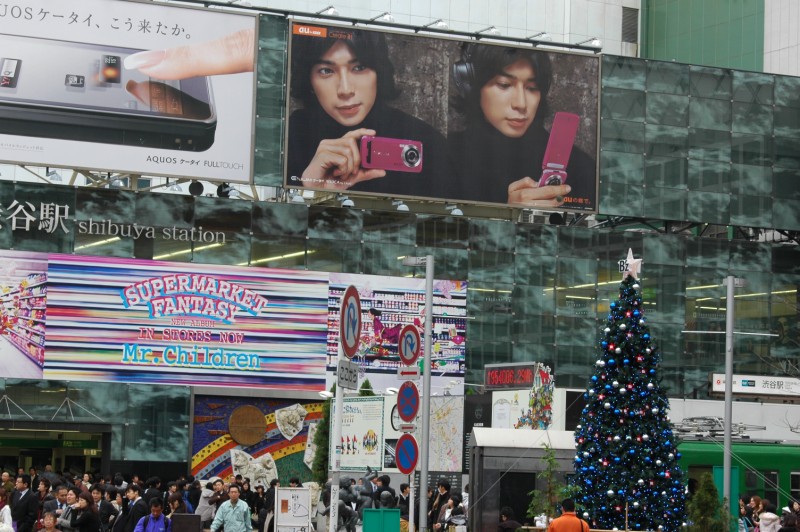
From the archives – discovered this on my old YouTube account. Such fun :-)
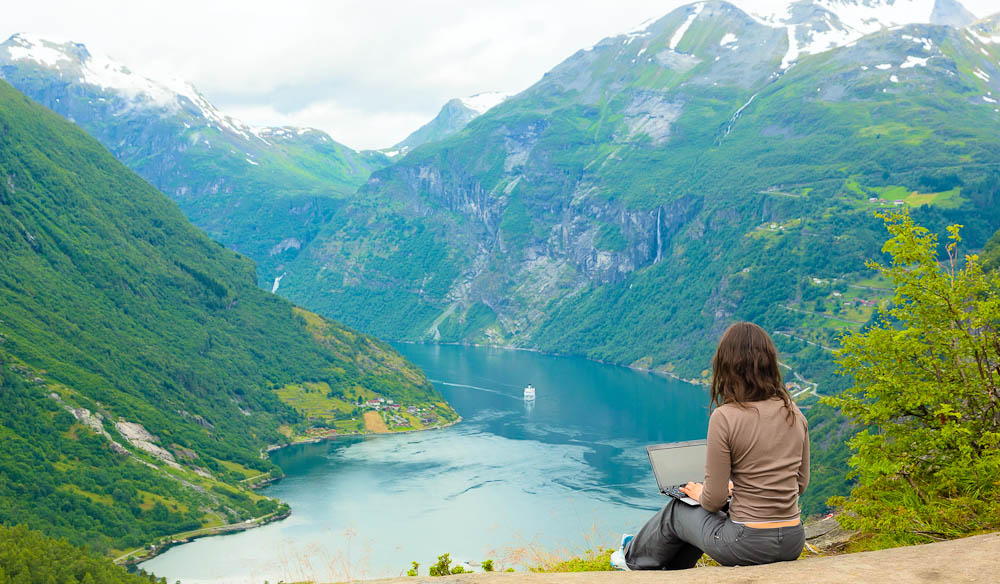
This evening I was lucky enough to attend a seminar, How to write a Lonely Planet guide, hosted by Intrepid Travel and featuring acclaimed author, journalist and presenter, Frances Linzee Gordon.
What she said:
[true sentiments on ‘travel’]
“Travel is addictive because of the adventure, self discovery, serendipity, fun, opportunities and stimulation that every day brings.
Travel is like making a new friend – you always listen out for the place in the news, you want to return, and you care about what happens there.
To write about a place you need to be saturated in it – learn some of the language, speak to/interview everyone, understand general costs of living etc.
Keep an ‘as you go’ diary to note down fresh impressions so when you’re tired and go to write up a feature you don’t forget things. Include details, colour, a local feel. Use the writer’s muscle – the more you use it, the better you are.”
[writer / traveller action points]
[Keep in mind…]
[some final tips]
1. Especially in ‘hot’ places keep an eye on local press and talk regarding what’s going on – they’ll pick up on issues or uprisings etc. before national or international press.
2. Visit local tourist organisations and introduce yourself, say where you’re going, what you’re doing and ask for a letter for introduction. It can come in handy in sticky situations or if you’re in trouble.
3. 3-second rule (trust your gut) – look someone in the eye for three seconds, make a character judgement – stick with that impression no matter what.
4. Be careful when taking photos – you’re often not concentrating on what’s happening around you in order to capture ‘the shot’, so in pairs keep an eye out for each other so that no one is being robbed while they are photographing something.
5. Photo tips – make people laugh, use alternative angles and look for different places to take photos of famous landmarks (i.e. alternative vantage points from where most tourists are directed to take shots). Always ask for permission before taking someone’s photo.
6. When in a restaurant write notes – you look like a food critic and are more likely to receive better service!
Serious about being an author for Lonely Planet? Their recruitment notes on how to write a Lonely Planet guide state:
[This is a re-post from the archives. Originally posted July 13 2011, London]
**this competition is now closed**
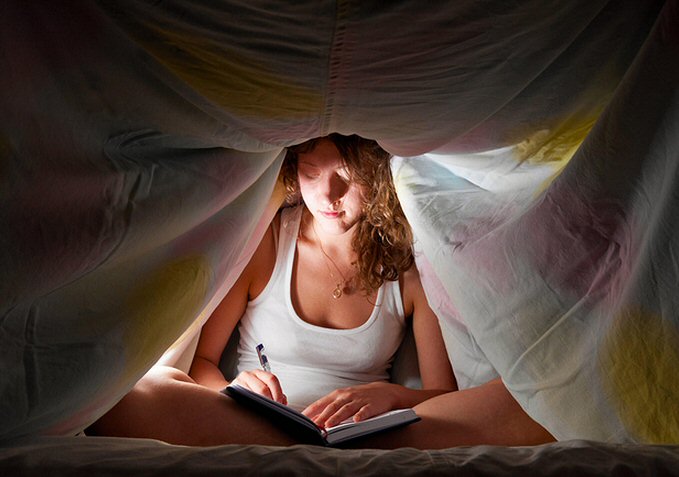
Want your first piece of published work to appear in print for thousands of readers to see? We’re hosting a brand new competition for under 20s! SIX talented content creators from across Australia will each WIN a media star prize pack including:
1. Your piece published on the widely read travel and lifestyle site, www.travellivelearn.com and subsequent promotion throughout our associated media and education networks. This will also serve as a published piece which you can feature in your portfolio!
2. A personalised digital career mentoring session with a trainer and media professional from Media Bootcamp who will provide suggestions on what you could be doing now in pursuit of your dream career in media, magazines, communications or publishing.
3. A winner certificate.
4. A copy of popular Aussie media (radio, print, television) personality, Meshel Laurie’s new memoir, The Fence-Painting Fortnight of Destiny.
5. And a chic fragrance from So…?
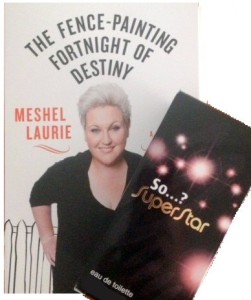
What are you waiting for? Enter now and showcase your talent to Australia and the world!
THE RULES
You must be an Australian resident aged between 16 and 20 to enter. If you are turning 16 this year you are eligible to enter also. You will submit a piece of written work, no longer than 500 words. Your piece can be any format – interview, poem, fiction, essay, personal story… anything you like, but it must relate to the theme “INSPIRE”. Entries open Tuesday 4 February and close Friday 28 February at 5pm EST. Entries will be judged by a panel of published authors and representatives from working Australian media, and will be critiqued on creativity and uniqueness, how compelling they are, quality of writing, attention to detail and presentation. The decision made by the judges is final, and there will be no revision of this decision. Stories must be your own original work. You confirm that your entry has never been previously published or broadcast in any form such as a book or eBook. However, you may enter work that has been published on your personal blog, but not elsewhere. You may not enter work that has previously won a prize. One entry per person only. Incomplete forms or entries will not be accepted. Copyright in all submissions to the competition remains with the respective entrants. However, entering the competition allows Sugoi Media and TravelLiveLearn.com the right to feature any or all of the submissions in any of our associated publications, websites, social media and/or in any promotional material connected to this competition. Entrants will be added to the Media Bootcamp mailing list but may unsubscribe at any time. If you are a winner, physical prizes will be posted to you via Australia Post. Promoter takes no responsibility for lost-in-the-mail prizes. Prizes are not transferable for cash, and cannot be transferred to another person. Please note, The Fence-Painting Fortnight of Destiny does include mild use of coarse language and adult themes (drug and sexual references); Winners will be required to confirm that they/their families are happy to receive it (if not, the prize will not be replaced with another). Digital mentoring session comprises an email exchange(s) featuring personalised advice and action points with particular reference to winner’s goals. If you win, you are the only person who can redeem the prize. By entering it is understood that you agree with these terms and conditions.
Why not join our FACEBOOK community to keep an eye on this competition’s progress and learn about future opportunities?! Just click LIKE on the Facebook link to the right.
This competition is brought to you by Sugoi Media, Media Bootcamp, Get it Magazine, Get it Media, TravelLiveLearn.com, Hot Tamale Media Australia Pty Ltd
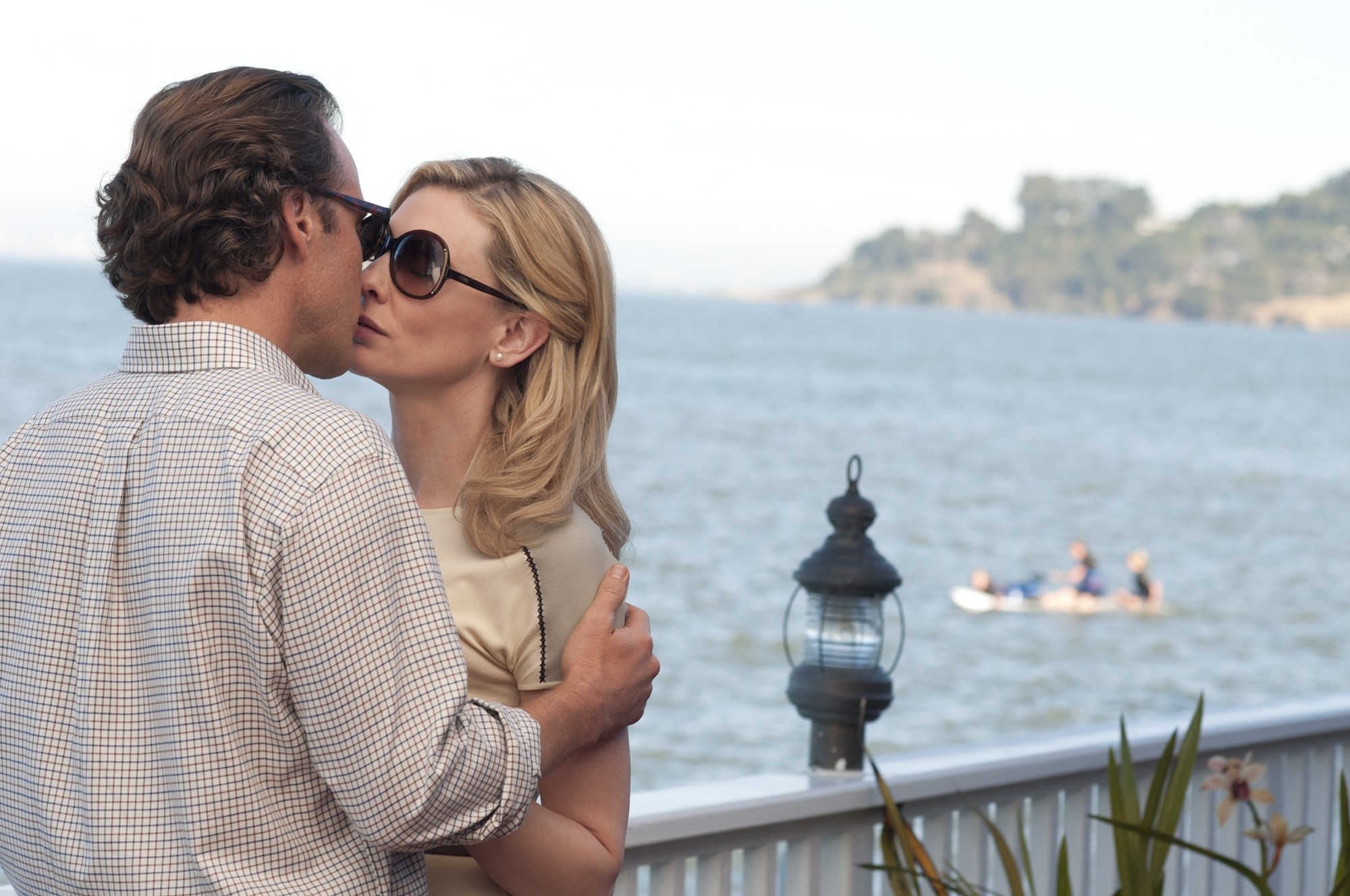
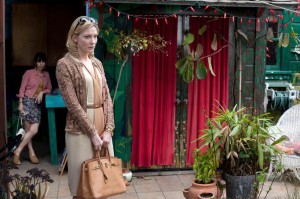
We watched Woody Allen’s Blue Jasmine over the weekend which lived up to its promise of being a character driven comedy/drama with wonderful performances, but with an ending that left a little to be desired. In fact, the ending was so odd that I was driven to the Internet to see what others had to say about it, and regardless of us not loving (nor hating) the film, my partner and I have been talking about it ever since. [SPOILER ALERT] The film seemed to end in the same place it began, with Cate Blanchett’s character, Jasmine, mad, sad and alone. Are we to assume that’s how her life remained?
Many of the reviews I read mentioned this story somewhat mirrors that of Tennessee Williams’ A Streetcar Named Desire, but as I’m not overly familiar with it, I’ll leave the rest up to your judgement once you’re familiar with both pieces of work. As far as this film goes though, essentially it tells the story of Jasmine who has experienced a colossal fall from grace. In reality the character isn’t the nicest of human beings, but Cate’s portrayal makes Jasmine just that – very human, and therefore you do indeed feel much empathy for her. Cate Blanchett is simply wonderful in the film, and in my view, deserves the awards she’s won for it so far, including a Golden Globe.
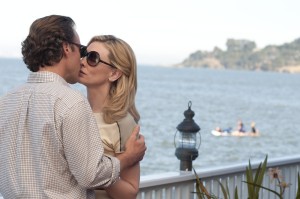 The numerous reviews I read about Blue Jasmine talked of Jasmine’s departure from New York high society and her inability to cope without money or status; she has few skills to apply to the workplace, but doesn’t fit well in the workforce anyway. What I haven’t read about however, is that I felt the character represented one of those people who has a chance to start again, but they’re so consumed by their own misery that they can’t get over unreasonable dislike or judgement of other people, and they certainly can’t recognise an opportunity to embrace positive change. Sadly, they are unable to acknowledge the past and own its horrors and mistakes, and therefore get caught up forever in an unrealistic vision of the future, mad, sad and alone.
The numerous reviews I read about Blue Jasmine talked of Jasmine’s departure from New York high society and her inability to cope without money or status; she has few skills to apply to the workplace, but doesn’t fit well in the workforce anyway. What I haven’t read about however, is that I felt the character represented one of those people who has a chance to start again, but they’re so consumed by their own misery that they can’t get over unreasonable dislike or judgement of other people, and they certainly can’t recognise an opportunity to embrace positive change. Sadly, they are unable to acknowledge the past and own its horrors and mistakes, and therefore get caught up forever in an unrealistic vision of the future, mad, sad and alone.
Blue Jasmine, also starring Alec Baldwin, Peter Sarsgaard and Sally Hawkins, I think is worth seeing. There are characters in it that you’ll recognise from life, and who you’ll possibly develop a new empathy for. If nothing else, Cate Blanchett’s performance is worth seeing the movie for. And I’d suggest, the film offers lessons in what not to do when you’re given a second chance, as hazy as it may appear.
If you’ve seen it, I’d love to know your thoughts and theories? Drop me a line in the comments below or on Facebook or Twitter.
By Sarah Blinco